
Scoliosis-specific exercises and scoliosis bracing are the scientifically proven treatment methods for both adults and children. The scoliosis-specific exercise programs that scoliosis clinicians and researchers have come up with are designed to stabilize the spine, reduce the curvature size, and improve the cosmetic appearance of the patient.
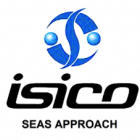
|
The rest of this article will discuss key topics and questions related to scoliosis exercise programs:

Surgery should be seen as a last resort for the treatment of scoliosis. Sadly, most people who have the surgery return for a 2nd, 3rd, or 4th operation. Of those who have the surgery, 40% are legally defined as severely handicapped.
Unfortunately, there is no way to predict who will get scoliosis, and there isn't an instantaneous and complete cure - patients must work to see improvement in their condition.
However, by performing a uniquely designed program of exercises and stretches, patients can see very significant changes to their scoliosis. They can even gain a cosmetic correction when their scoliosis curve requires it.
It is important to note that patients have noticed improvements using all of the primary exercise methods. It’s really important to understand each method's unique strengths and weaknesses.
All scoliosis specific exercise programs include the following advantages:
The Lyon method uses scoliosis-specific exercise along with the use of a unique brace called the new Lyon ARTbrace (Asymmetrical Rigid Torsion brace). Treatment includes: 3D mobilization of the spine, patient education, focusing on activities of daily living, such as the correct sitting position.
SEAS, or the Scientific Exercise Approach to Scoliosis, is an individualized exercise program adapted to all aspects of conservative treatment of scoliosis that is based on the most current research. For mild to moderate curves in children who are still growing, SEAS is used alone to reduce the need for bracing. In moderate to severe curves in children who are still growing, SEAS is used in combination with bracing to slow down, stop, and possibly reverse curve progression, and in preparation to wean the patient off the brace. In adult scoliosis patients (either progressive scoliosis curves or fused spines), SEAS helps stabilize the spine and reduce disability. In severe adolescent idiopathic scoliosis (45°– 50° Cobb, or greater if the patient refuses surgery or is not a candidate for surgery), the goal is to stop progression (and avoid surgery), and possibly to even reduce the curve size.
Appropriate exercises are assigned to each patient based on their initial examination findings. Improving spinal stability is the main focus of SEAS and it is achieved through active self-correction. SEAS exercises train the neuromotor systems of the body to reflexively activate a self-corrective posture during activities of daily living.
“The goal of Schroth exercises is to de-rotate, elongate, and stabilize the spine in a three-dimensional plane. “ - John Hopkins Medicine
The Schroth method was originally developed by Katharina Schroth in 1920 as a treatment for polio patients who were afflicted with neuromuscular scoliosis resulting from paralysis caused by the poliovirus. The method has been continuously revamped and modified so that since 2008, there are now three different groups who have “Schroth” schools. There are thousands of physical therapists around the world who have added Schroth therapies to their general and sports based physical therapy practices. Research into Schroth is currently championed by Dr. Hans Weiss, a chiropractor and orthopedic surgeon from Germany, and Dr. Manuel Rigo from Barcelona, Spain. Originally an allergist, Dr. Rigo switched his specialty to scoliosis.
Working with the patient’s sense of their posture forms the core of the Schroth method of scoliosis treatment. Schroth also uses 3D posture correction through isometric exercises and breathing techniques that attempt to force air into specific parts of the lungs. These exercises are intended to reshape the rib cage and de-rotate the spine to halt progression and reverse the curve.
The Schroth method is primarily used for treating teens with idiopathic scoliosis.

Developed in Poland in 1979 by Polish physiotherapist and physician Professor Krystyna Dobosiewicz, Dobomed is an expansion of the Schroth method. Like Schroth, the main technique involves active three-dimensional self-correction of the spine and ribcage, but Dobomed’s innovation is to introduce an emphasis on the “kyphotization,” or forward bending of the thoracic spine. Dobosiewicz’s method is a conservative management approach for idiopathic scoliosis that addresses both trunk deformity and respiratory function impairment. Since the beginning, the Dobomed approach has been used either as a sole scoliosis physiotherapy method or in combination with Chêneau bracing. In adolescents and adults, the focus is on curve stabilizing exercises.
The following are distinctive features of the Dobomed method:
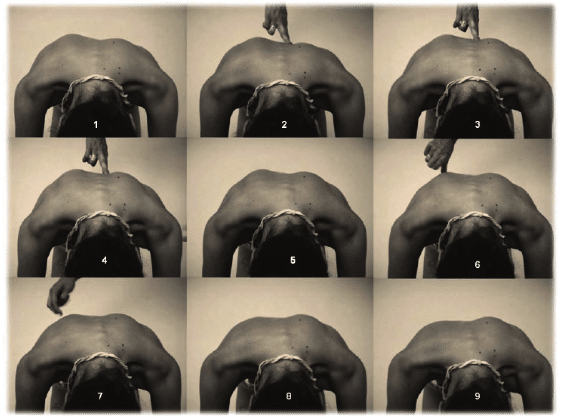
The Side Shift approach was developed by Dr. Min Mehta in 1984. She is one of the world's foremost experts on infantile scoliosis. This system comes from England and is built upon the idea that a young child with a flexible scoliosis can have their spine stabilized with sideways movements. Breathing exercises are included to expand the chest cavity. The approach is currently led by Tony Betts, a physiotherapist. Excessive side movements of the upper body correct the sideways curvature of the spine. These sideways movements reduce postural stress, which are thought to affect the development of scoliosis.
Dr. Mehta initially used this approach to treat congenital scoliosis curves in young children. She believed that growth could be harnessed as a corrective force for scoliosis in children. Through repetitive actions, properly directed growth can be used to resist the curve of the spine. While correcting the curve position with upper body shifts, the muscle forces and connective tissue stretches increase mobility and re-align the soft tissue aspects of the scoliosis. It is believed that repetition of these corrective movements also helps to promote a more upright and correct posture.

Pilates is an exercise system that was developed in the early 20th century by Joseph Pilates. It involves body conditioning routines with a focus on building flexibility and strength in the legs, abdominals, arms, hips, and back. Pilates has an emphasis on spinal and pelvic alignment, breathing to relieve stress and promote oxygen flow to muscles, developing a strong core, and improving coordination and balance. There are offshoots of the system known as “Pilates for Scoliosis” or “Scoliosis Pilates”, however they are not a complete program to fully treat either childhood or adult scoliosis. Pilates can certainly be used as a supplement to an effective customized established scoliosis treatment program, but not to treat scoliosis on its own.
Yoga for scoliosis is found in several forms being promoted by three major schools. The most popular was developed by Elise Browning Miller in California in 1976. It is based on the style of yoga founded by B. K. S. Iyengar, called “Iyengar yoga”. It is sometimes referred to as “Furniture Yoga” since it uses aids like pillows, chairs and blankets to assist with the maneuvers. Scoliosis yoga uses a customized yoga program based on the individual's type of scoliosis and locale and shape of their curvature. The goal is to improve mobility, to relieve pain, and to stabilize the spine by strengthening the core.
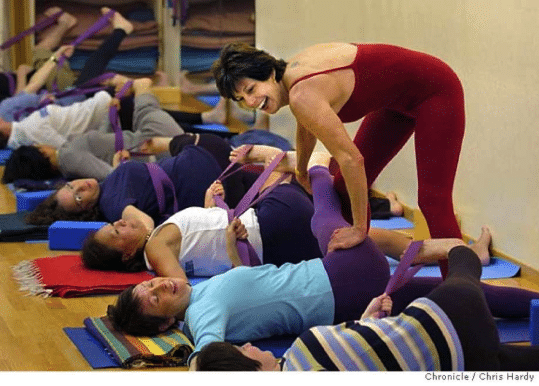
The CLEAR Scoliosis Institute was created in 2000 to teach chiropractors the latest information on conservative scoliosis treatment. With a background in a biomechanical approach to spinal function, the founder, Dr. Dennis Woggon, used his skills as an instructor in the Pettibon technique to pioneer a breakthrough method of treating scoliosis. The initial concepts of increasing mobility in the stuck areas of the spine, then using chiropractic manipulations to align the spine, and finally using highly advanced neurological exercises to gain the most permanent of corrections possible has stood the test of time. Over the past 20 years, other advances in scoliosis care have been introduced to create a constantly evolving approach that takes advantage of scientific breakthroughs in scoliosis treatment.
“Currently, there are over thirty CLEAR Scoliosis Centers in the United States and around the world, and around five to ten new doctors make the decision to become CLEAR Certified each year. Collectively, our doctors have over 570 years of clinical experience in spinal rehabilitation.” CLEAR Scoliosis Institute
The goals of the CLEAR method include:
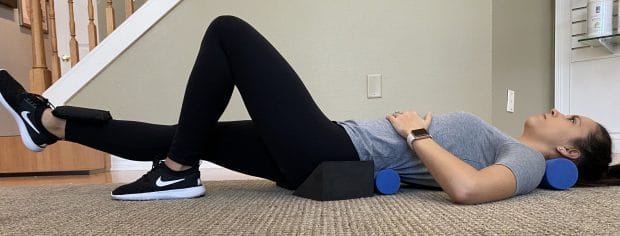
The CLEAR method uses a wide variety of exercises, stretching, whole body vibration, and neuromuscular training to assist in correction and to help patients develop perception of their spine and their postural defects.
The CLEAR method helps patients develop the correct posture while sitting at a table to write or type on a computer. Encouraging patients to participate in sports and other forms of physical exercise is an essential part of the CLEAR method. Distinctive features of the CLEAR method include:

Scoliosis is a painful situation as it is, so why add more pain to the process? Fortunately, you don't have to.
Through modern scoliosis specific exercise programs, you can see quick results with a more straightforward method.
The best programs for scoliosis allow patients to perform their exercises at home throughout 99% of their treatment. Proper education and additional helpful advice are also available to those who need a boost or a reminder.
Below are some of the main benefits of using a modern scoliosis exercise program:
As each program is designed for the patient in question, assuming that the patient performs these exercises correctly, there won't be any pain or risks in most cases.
In certain scenarios, patients might have to wear a scoliosis brace. These braces not only reduce pain and increase stabilization of the spine, but they also help to prevent potential curve progression. When you're wearing a brace, many stretches and exercises can be done in the brace to increase the effectiveness of the tool.

Scoliosis-specific customized exercise programs have given rapid improvements, curvature reduction, and pain relief to countless scoliosis patients around the world. This approach has been validated by science as the most effective non-surgical form of treatment.
Whatever you do, don't start a scoliosis exercise routine without consulting an expert in conservative scoliosis care. Some exercises might not be suitable for your specific situation.
Additional Resources:
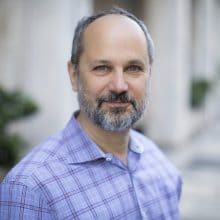
CLEAR provides a unique and innovative way of understanding scoliosis. Sign up to receive facts and information you won’t find anywhere else.

Hi Dr. Andrew,
Thanks for sharing this information.